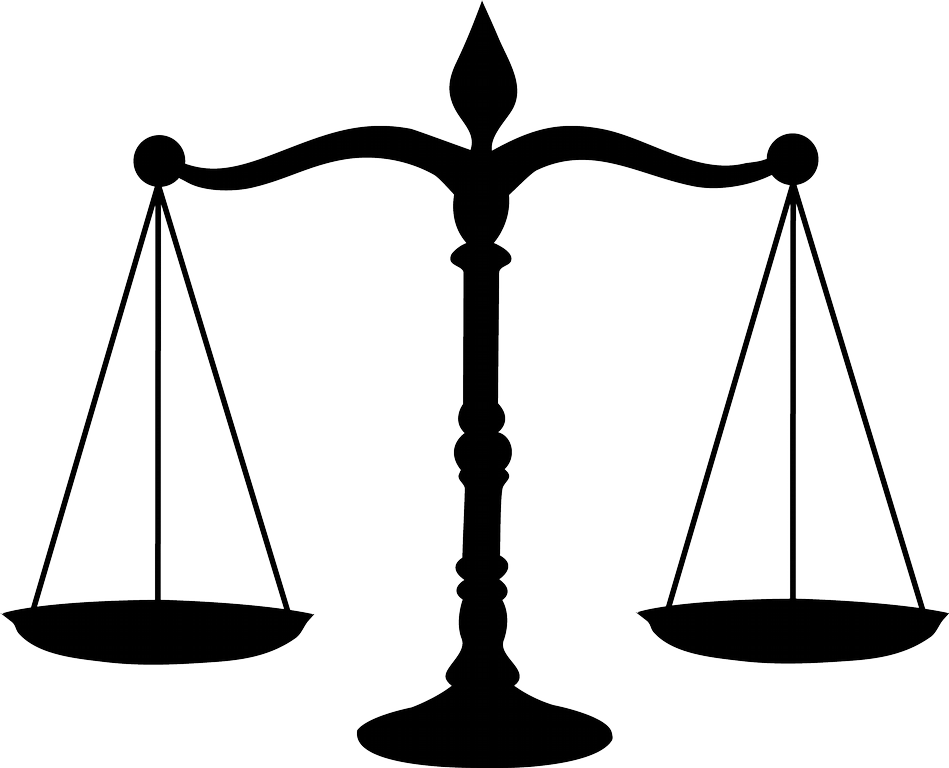Property Protection
Individuals and businesses typically seek recourse from the law to protect their properties from the reach of creditors or, in cases of divorce, former spouses. Property protection law provides for a legal mechanism by which properties are protected so that they remain in the hands of the asset-holder, instead of creditors, without violating other aspects of the law. In the area of debtor-creditor law, asset protection serves the debtors as debt collection serves as the creditors.
Property protection law identifies exempt assets, which cannot be clawed by creditors. These assets include household furniture, clothing, or jewelry. These assets could also include, in some states, life insurance benefits, and annuities. Federal legislation also identifies as exempt qualified retirements plans, including pension plans, 401(k) plans, and employee stock ownership plans. State laws on exempt assets varies, but the general rules is assets to which one does not have legal title cannot be reached by creditors.
There are numerous ways to protect assets and one way is to transfer assets to another person or another entity. The law allows individuals to transfer their properties to another person, to a trust, to a limited liability corporation, or to a family limited partnership. The transfer of properties to any of these entities require legal documentation, which is best drafted by an expert property protection law attorney. There are also legal requirements as to the creation of trusts, LLCs and FLPs, so prior to any transfer, it should be ensured that these entities were created in accordance with the law, or else, the transfer may be deemed fraudulent and invalid, giving creditors the right to grab these properties.
The process of protecting one's property should not be utilized as a result of a current situation, such as insolvency or divorce. Asset protection should be planned as a crucial part of one's life and prior to the occurrence of any of these situations as the law also protects creditors from fraudulent acts of debtors. The process of property protection involves the drafting of numerous legal documents, depending on the number of properties and assets. The drafting of these legal documents must be carried out with the assistance of expert attorneys as the language of these documents should be clear and specific, such that they won't be subjected to burdensome disputes in the future. Moreover, because law on property protection varies, there are requirements that must be complied with and property protection law attorneys would know best what to do.
Property protection law touches upon numerous other branches of the law. In instances of insolvency, individuals and corporations should be careful when trying to transfer their assets prior to filing for bankruptcy. The Bankruptcy Code provides for a time period by which preferential or fraudulent transfers can be clawed back to the estates for distribution to creditors. It is not uncommon for debtors to, prior to the filing for bankruptcy, conceal assets so that they cannot be sequestered by creditors. This is not illegal if done before the claw back period, which is usually one year prior to the filing date to 90 days prior to the filing date. It is also not uncommon for property owners to hide assets to try to pay lower taxes. Tax evasion is a criminal offense and may result to serious repercussions, such as imprisonment.

